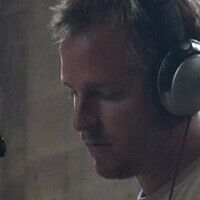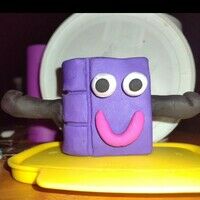A good exercise for creating emotional stakes in every scene of your screenplay is to make sure there is a clear emotional drive. The best way to create conflict in a screenplay is to give your characters goals and obstacles. This is no less important for each scene than it is for the screenplay as a whole. To that end, to ensure the emotional stakes are clear, give each character an emotional goal and an emotional obstacle.
Let's simplify that a bit.
The emotional goal of any character in a scene is LOVE. Love of someone else, love for someone else, or love of self (bear in mind that narcissism, arrogance, selfishness, etc. are not elements of self love. think of self love more in terms of self care). Think about how that love goal will manifest: selflessness, generosity, caregiving, listening, encouraging, comforting, protecting.
Love goals are always positive, never negative. If they are negative they are not love goals. They are fear obstacles.
The emotional obstacle of any character in a scene is FEAR. Fear of failure, loss, humiliation, abandonment, etc. Notice these are variations on the fear of death. Think about how that fear obstacle will manifest: anger, rage, sabotage (including self-sabotage), violence, selfishness, discouragement, manipulation.
Every scene should have emotional goals and obstacles for your characters. They will be of varying degrees of intensity but they will always be there. Ask what your character wants that is driven by love. Ask what is hindering that goal that is driven by fear. This will give all of your scenes heightened and deeper emotional stakes.
Think about Martin Riggs in Lethal Weapon (1987). He's alone in his trailer, despondent and suicidal over the death of his wife. He has his service pistol out and loads a hollow point bullet. He puts the gun to his forehead and then to his mouth. His eyes fill will intensity and tears. His thumb brushes trigger...
Martin is in deep emotional pain. He misses his wife terribly. His love goal is to be with her. His fear obstacle is that he can never have her back. What makes this situation interesting is that his fear obstacle has already come to fruition. She is dead and he can't have her back. Since Riggs can't emotionally reconcile the inherent rift between his love goal (to be with her) and his fear obstacle (he can't have her back), he flirts very dangerously with the idea of suicide.
Keep in mind that your character could have the same love goal and fear obstacle in multiple scenes, but they shouldn’t have them in every scene. If they do, a different love goal and fear obstacle should take precedence in that scene.
It can never be said enough that goals and obstacles are the bedrock of character action and motivation. By deepening the emotional motivations of your characters, your audience will connect and empathize with them more.
For more information on how to write a screenplay, please join my one-day class this Tuesday, March 22 from 2:00-5:00 on Zoom. Click here to join! http://www.sandiegowriters.org/2022-03-22-online-introduction-to-screenw...











































2 people like this
In McKee's Story, he says something about pleasure and pain being characters main motivations. I haven't looked at it in a while so I can't remember exactly but it sort of seems in line with what you're saying.
1 person likes this
Yeah. There are a lot of different ways of saying the same thing. I sometimes have writers who avoid the emotion of writing and I have to drill down
2 people like this
The things I mentioned are a universal (for me) tool. They can be used to access something at a story level, at a scene level and at a decision level.
Mamet had a point. I have a small checklist (in my...
Expand commentThe things I mentioned are a universal (for me) tool. They can be used to access something at a story level, at a scene level and at a decision level.
Mamet had a point. I have a small checklist (in my head) of things I like to have in a scene. If the scene is lacking it is usually because it doesn’t do what it needs to do. These never survive a rewrite.